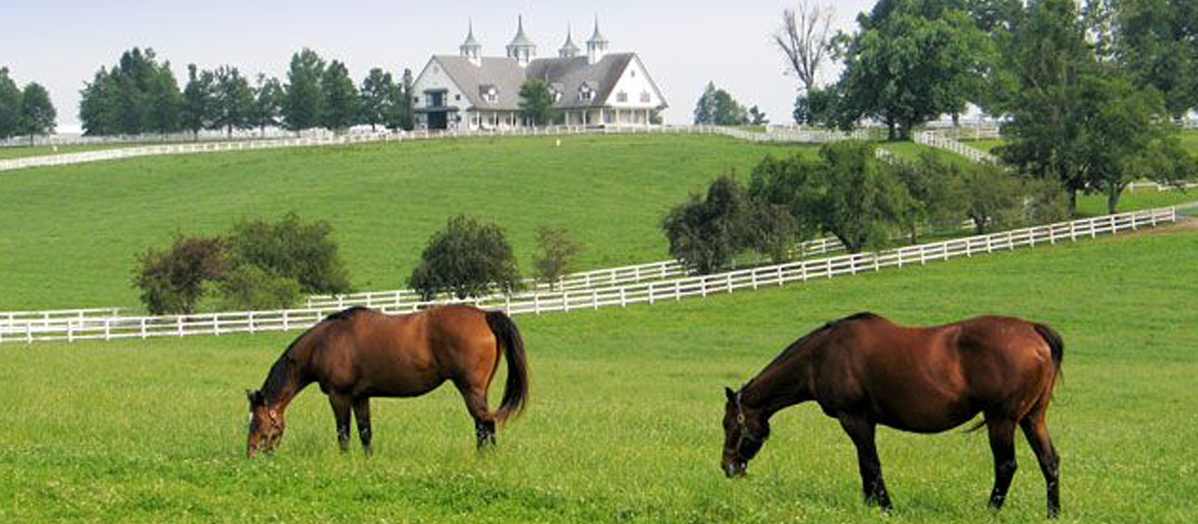365 Days in Horse Country – Equine Metabolic Syndrome
The condition called Equine Metabolic Syndrome is a cluster of problems that includes obesity, insulin resistance and laminitis, or founder. It tends to affect horses with certain characteristics: they tend to be overweight or gain weight easily, even when they don’t eat much or eat only hay or pasture grass; they have fat deposits at the crest of the neck or at the head of the tail; and they have difficulty regulating the levels of glucose in their blood. Breedings may not take in affected female horses.
Any breed can be affected by EMS, but some breeds appear to be more prone to it. They include some pony breeds, domesticated mustangs, Paso Finos, Peruvian Pasos, Morgans, Arabians, Quarter Horses, European warmbloods and American Saddlebreds. Affected horses generally range from 6 to 20 years of age.
Diagnosis often begins with a history of laminitis, which often strikes horses in the spring when they are grazing on luch, green pasture grass. Chronic laminitis is indicated by abnormal growth rings on the hoof wall. Blood work may also show slightly to moderately elevated levels of blood sugar and triglycerides in some horses with EMS.
An intravenous glucose tolerance test (IVGTT) can measure the effectiveness of insulin in a horse suspected of having EMS. Together, the physical signs of EMS (obesity, fat deposits, and laminitis) and supportive evidence provided by diagnostic tests can provide a definitive diagnosis.
If EMS is diagnosed, the goal of treatment is weight loss and control over future weight gain. This can be done by reducing caloric intake. Feed only hay (no grain, pellets, or sweet feed) and avoid giving fat-enriched diets to senior horses or high-concentrate diets to young, growing horses. Supplementation with vitamin E and chromium picolinate may benefit horses with high blood levels of insulin.
Implement an exercise program for horses that don’t have laminitis or that have recovered from the condition. Appropriate exercise includes walking on a lead rope, exercise on a lunge line, or being turned out in a paddock with no grass. Riding is also encouraged. Horses with laminitis can benefit from non-steroidal anti-inflammatory drugs (NSAIDs) for pain management.
Michael







